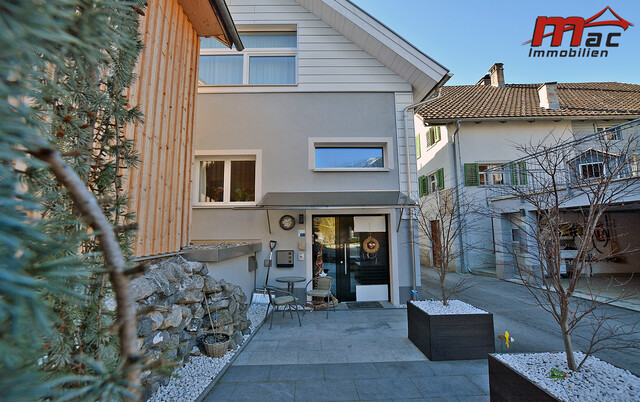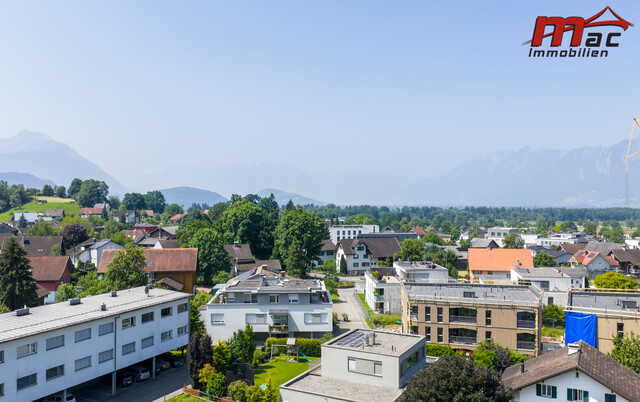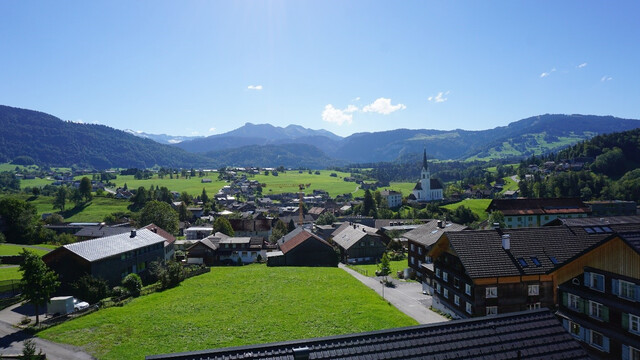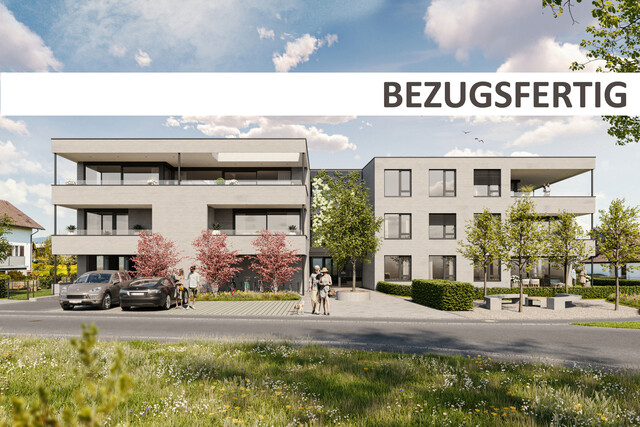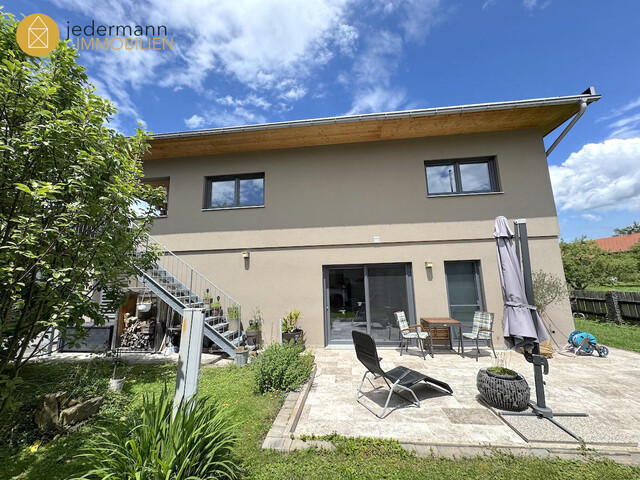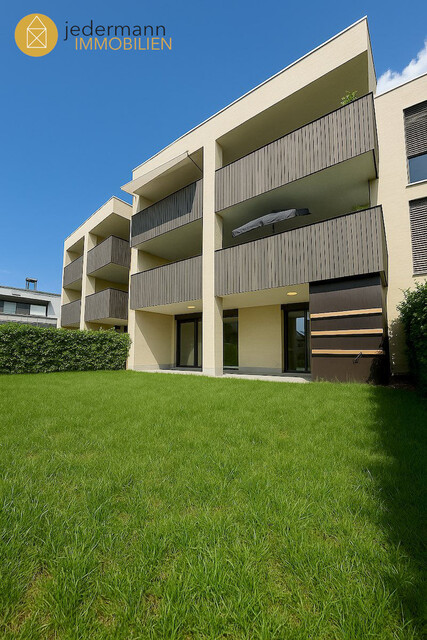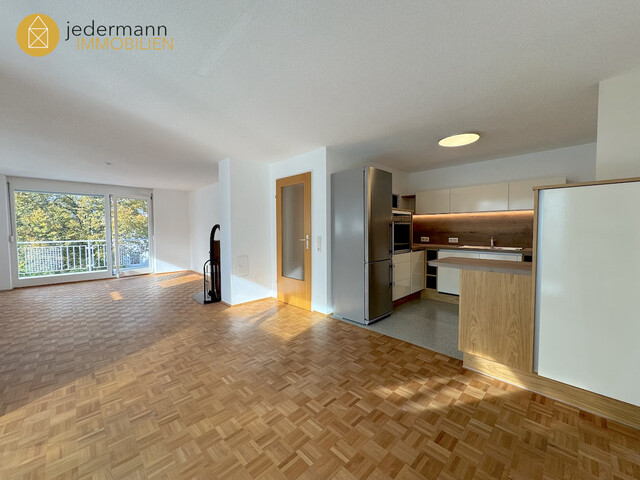Social Assistance Reform: No Integration Phase for Austrians After All

The reform of social assistance did not make it for discussion in the Council of Ministers on Wednesday. SPÖ club chairman Philip Kucher explained in the press foyer after the government meeting that it is a mammoth project involving several ministries and states. However, Chancellor's Office Minister Claudia Plakolm (ÖVP) emphasized that they are in the final stages. She clarified that the planned integration phase will not apply to Austrians.
The minister responsible for integration, among other things, emphasized that, for example, asylum seekers will not receive social assistance in the first three years, but rather an integration allowance. The amount will also depend on the willingness to participate in the prescribed language, values, and orientation courses. Reports that such a phase should also apply to Austrians have nothing to do with reality, assured NEOS club chairman Yannick Shetty.
Integration Allowance and German Courses
Previously, the Ministry of Social Affairs had stated that the proposed "integration phase" should apply not only to immigrants but to all applicants - including Austrian citizens. This is necessary for reasons of equal treatment, the Ministry of Social Affairs told APA.
The government's plans for the "New Social Assistance" were already roughly outlined in the government program, without becoming too specific. The introduction of an "integration phase" noted there is indeed aimed at immigrants - primarily at asylum seekers and those with subsidiary protection - and is intended to promote integration.
According to the plans outlined in the government program, there should initially be no social assistance, but only an "integration allowance." This phase, lasting up to three years, is intended to include a program for work and learning German.
"Clear Deductions" for Those Who Do Not Fulfill Obligations
So far, it has always been said that the three-year mandatory integration program should be linked with the social assistance reform announced for the fall. It was said that asylum seekers and those with subsidiary protection, displaced persons, and asylum seekers with a high probability of staying should be affected. For example, those who unjustifiably miss German or values courses or do not register with the AMS should "expect clear deductions" in the integration allowance they receive during this time, said Integration Minister Claudia Plakolm (ÖVP) at the end of August.
Government Still Divided on Implementation
The project for the redesign of social assistance remains rather vague, and the proposals within the ÖVP-SPÖ-NEOS coalition still differ somewhat. There is a consensus that an effort should be made to unify the benefits, which vary across the federal states. Shetty stated on Wednesday that if there are disputes, they happen behind closed doors. Representatives of the other two coalition partners also did not want to dramatize the situation.
The SPÖ advocates for the removal of children from social assistance and is considering a restructuring towards a "child basic security" with a stronger focus on in-kind rather than cash benefits. So far, there is neither consensus nor detailed proposals on this.
The Constitutional Service of the Federal Chancellery is currently examining which variants could hold up constitutionally.
Sharp Criticism from the Opposition
FPÖ General Secretary Michael Schnedlitz saw the coalition as "completely dysfunctional" because they could not reach an agreement. Green Party social spokesperson Markus Koza sounded similar. The lack of a decision once again shows that this government is a world champion in announcing things but a laggard in implementation.
Differences in Child Rates in the Federal States
One of the points of discussion is the question of child allowances, which should also be designed as uniformly as possible. The ÖVP, as well as the NEOS, aim for a nationwide tiered system: for each additional child, there should be less cash benefit than for the first.
Currently, different regulations apply to children depending on the federal state. The 2019 Social Assistance Basic Law (SH-GG) originally provided for maximum rates for children: The basis was the net equalization supplement rate (2025: 1,273.99 euros). According to the law at that time, the maximum rate for the first child was 25 percent of the equalization supplement, for the second child 15 percent, and for the third and each additional child 5 percent. This regulation was overturned by the Constitutional Court in December 2019, as it was deemed a disadvantage for families with multiple children and thus unconstitutional.
The child rates are therefore currently set by the states themselves, and there is no longer a federal guideline. Equal cash benefits for each child exist in Burgenland, Carinthia, Salzburg, and Vienna. In the other federal states, benefits decrease with an increasing number of children, e.g., from the second child in Lower Austria and Upper Austria, or from the third or fourth child in Tyrol or Vorarlberg. In Vienna, the allowance per child is currently 326.44 euros, the highest, and in Vorarlberg, it is 232.13 euros, the lowest.
(APA/Red)
This article has been automatically translated, read the original article here.
Du hast einen Hinweis für uns? Oder einen Insider-Tipp, was bei dir in der Gegend gerade passiert? Dann melde dich bei uns, damit wir darüber berichten können.
Wir gehen allen Hinweisen nach, die wir erhalten. Und damit wir schon einen Vorgeschmack und einen guten Überblick bekommen, freuen wir uns über Fotos, Videos oder Texte. Einfach das Formular unten ausfüllen und schon landet dein Tipp bei uns in der Redaktion.
Alternativ kannst du uns direkt über WhatsApp kontaktieren: Zum WhatsApp Chat
Herzlichen Dank für deine Zusendung.
